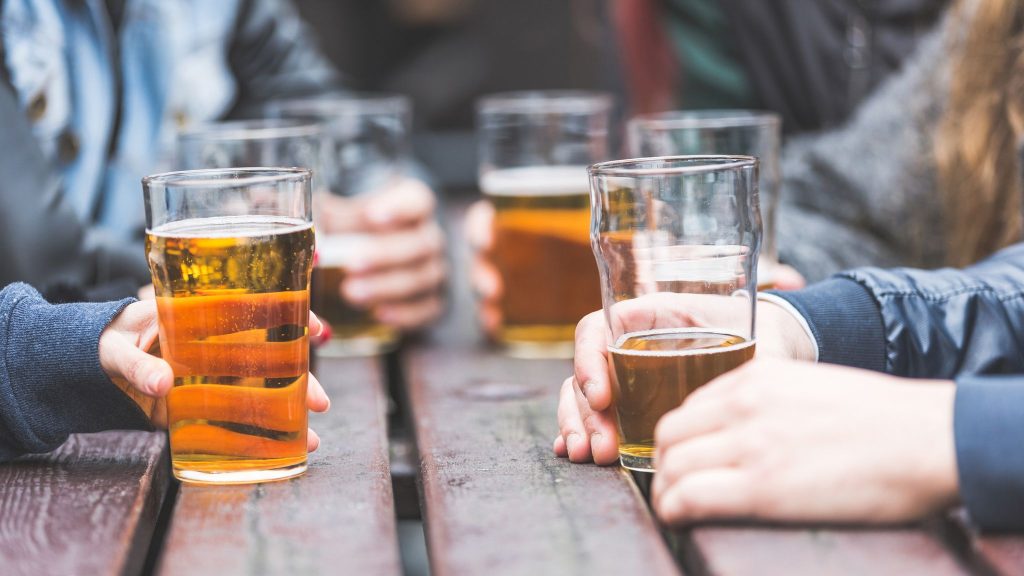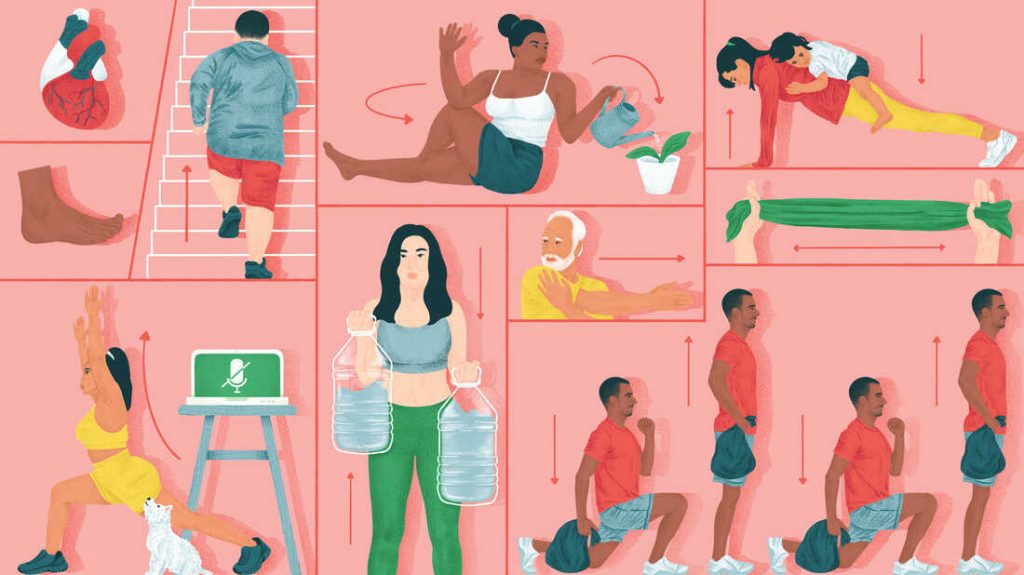Understanding Beta Thalassemia: A Comprehensive Guide
What Is Beta Thalassemia?
Beta thalassemia is an inherited blood disorder characterized by reduced or absent production of beta-globin chains, a crucial component of hemoglobin. This deficiency leads to anemia, reduced oxygen delivery to tissues, and a range of health complications. It’s part of a group of conditions known as hemoglobinopathies and is most common in people of Mediterranean, Middle Eastern, African, and Southeast Asian descent.
Genetics 101: How Beta Thalassemia Is Inherited
Beta thalassemia follows an autosomal recessive pattern:
- Two carrier parents (with beta thalassemia minor) have a 25% chance of having a child with beta thalassemia major
- Carriers (trait/minor) have one mutated gene and one normal gene
- Affected individuals (major) inherit two mutated genes
Types of Beta Thalassemia
Beta Thalassemia Minor/Trait
- One mutated beta-globin gene
- Usually asymptomatic or mild anemia
- Often discovered incidentally on routine blood tests
- Important to identify for genetic counseling purposes
Beta Thalassemia Intermedia
- Two mutated genes, but with some residual beta-chain production
- Moderate anemia requiring occasional transfusions
- Symptoms typically appear in early childhood
Beta Thalassemia Major (Cooley’s Anemia)
- Two severely mutated beta-globin genes
- Severe, life-threatening anemia appearing in the first two years of life
- Requires regular blood transfusions for survival
- Leads to iron overload and multiple complications without treatment
Signs and Symptoms
In Infants and Children:
- Failure to thrive
- Pale or yellowish skin (jaundice)
- Fatigue and irritability
- Facial bone deformities (if untreated)
- Abdominal swelling (enlarged spleen/liver)
In Adolescents and Adults:
- Severe fatigue
- Shortness of breath
- Delayed growth and puberty
- Bone pain and fragility
- Skin discoloration (bronze tint from iron overload)
Diagnosis
Key Tests:
- Complete Blood Count (CBC): Shows microcytic, hypochromic anemia
- Hemoglobin Electrophoresis: Elevated HbA2 and HbF are diagnostic markers
- Genetic Testing: Identifies specific mutations
- Prenatal Testing: Chorionic villus sampling or amniocentesis for at-risk pregnancies
Treatment Approaches
Regular Blood Transfusions
- Mainstay for beta thalassemia major and some intermedia cases
- Typically needed every 2-4 weeks
- Maintains hemoglobin levels and supports normal development
Iron Chelation Therapy
- Essential to remove excess iron from transfusions
- Options: Deferoxamine (infusion), Deferasirox (oral), Deferiprone (oral)
- Regular monitoring of serum ferritin and organ iron content
Bone Marrow/Stem Cell Transplant
- Only curative treatment is available
- Requires a matched donor (sibling preferred)
- Carries significant risks, but success rates are high in young patients
Emerging Therapies
- Gene Therapy: Recently approved treatments (betibeglogene autotemcel)
- Luspatercept: Reduces transfusion burden in some patients
- Modifiers of HbF production: Hydroxyurea may benefit some with intermedia
Complications and Management
Iron Overload
- Affects the heart, liver, and endocrine organs
- Monitoring: Regular MRI (T2*) for heart and liver iron
- Endocrine issues: Diabetes, hypothyroidism, and hypogonadism require hormone replacement
Bone Disease
- Osteoporosis and fractures are common
- Vitamin D and calcium supplementation
- Bisphosphonates when indicated
Cardiac Issues
- Heart failure and arrhythmias from iron overload
- Regular echocardiograms and cardiac monitoring
Infections
- Increased risk, especially after splenectomy
- Vaccinations (especially pneumococcal, meningococcal, Haemophilus influenzae)
- Prompt treatment of fevers
Living with Beta Thalassemia
Daily Management Strategies
- Nutrition: Balanced diet, limit iron-rich foods (though less critical with chelation)
- Exercise: Regular, moderate activity as tolerated
- Hydration: Essential during illness or heat
- Infection prevention: Good hand hygiene, avoiding sick contacts
Psychosocial Aspects
- Mental health: Higher rates of anxiety and depression
- Support systems: Family, friends, and patient organizations
- School/work accommodations may be necessary
Family Planning and Genetics
- Genetic counseling for affected individuals and carriers
- Preimplantation genetic diagnosis (PGD) for couples wanting biological children
- Prenatal diagnosis options
Prevention and Screening
Population Screening
- Recommended in high-prevalence regions
- Simple blood tests can identify carriers
Newborn Screening
- Now part of routine screening in many countries
- Allows early intervention and treatment
The Future of Beta Thalassemia Care
Research Directions
- CRISPR and gene editing approaches
- Improved chelation strategies
- Fetal hemoglobin inducers in development
- Artificial hemoglobin substitutes
Advocacy and Awareness
- May 8th: World Thalassemia Day
- Global organizations: Thalassemia International Federation, Cooley’s Anemia Foundation
- Patient advocacy for treatment access and research funding
A Message of Hope
While beta thalassemia remains a serious lifelong condition, advances in treatment have transformed outcomes. Many individuals with beta thalassemia major now live into their 50s, 60s, and beyond with a good quality of life. With proper treatment, comprehensive care, and ongoing research, the future continues to brighten.
Medications that have been suggested by doctors worldwide are available on the link below
https://mygenericpharmacy.com/category/products/disease/cancer/hydrea




